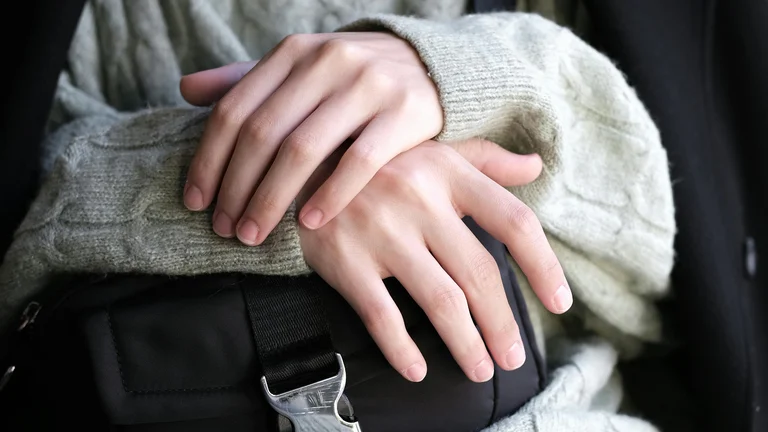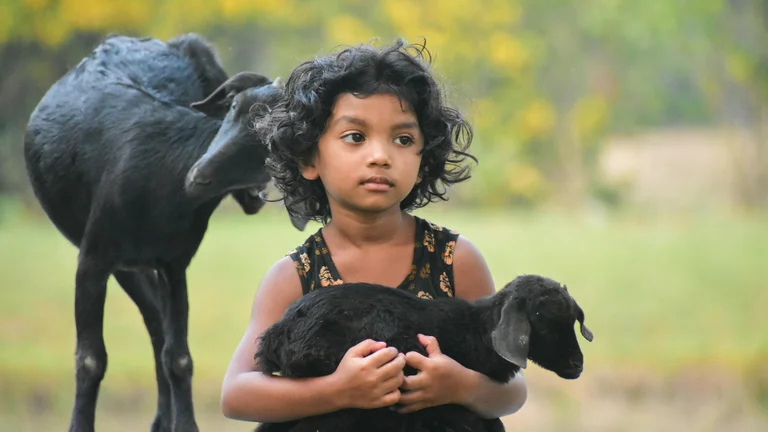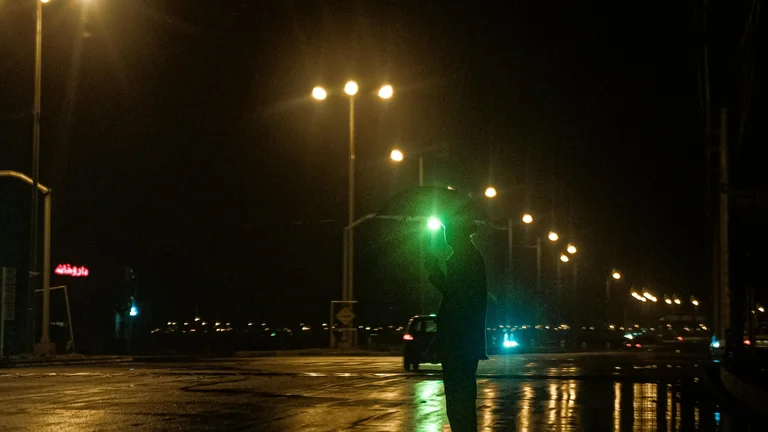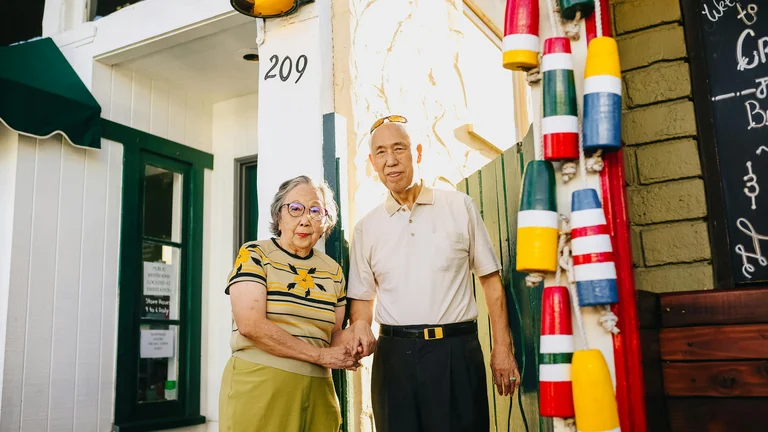The Cultural Resonance of Snowy Winter Settings in K-Dramas

Winter scenes draped in snow have become a deeply ingrained motif in Korean dramas, reflecting more than just a seasonal backdrop; they serve as a narrative device to evoke emotion, amplify romance, and symbolize transformation. In K-Dramas, the serene and often stark imagery of snow-covered landscapes sets the stage for moments of vulnerability and intimacy between characters. This aesthetic choice taps into a cultural and universal association of snow with purity, stillness, and introspection, which enhances the storytelling by providing a quiet yet powerful atmosphere for character development and relationship progression. Snow in K-Drama scenes frequently marks a turning point where characters confront emotional barriers, reveal truths, or solidify connections under the quiet blanket of winter.
Delving into the use of snowy winter dates in K-Dramas reveals how these scenes intertwine with the themes of warmth and coldness—both literal and metaphorical—creating compelling tension and contrast. Snowy settings are more than picturesque backgrounds; they are integral to the storytelling, often reflecting the internal states of the characters and emphasizing narrative shifts. For example, a cold snowfall might parallel initial emotional distance, while shared warmth amid falling snow symbolizes growing bond and trust. This duality of snow as both isolating and enchanting makes it a versatile and beloved motif, compelling viewers through its poetic symbolism.
The evocative qualities of snowy winter dates also embody solitude and companionship simultaneously. Characters frequently find themselves alone amidst expansive snowfields, highlighting isolation, then are drawn together in moments where the snow provides a cocoon of privacy and magical realism. K-Drama creators are adept at using subtle environmental cues—the muffled silence of snow, footprints fading in the white, breath misting in the cold air—to intensify emotional resonance. This multifaceted use of snow scenes showcases the sophistication inherent in K-Drama cinematography and narrative construction.
Iconic K-Drama Snowy Winter Date Scenes and Their Narrative Significance
Many K-Dramas leverage snowy winter settings for pivotal date scenes that become etched in the audience’s memory due to their emotional depth and cinematic beauty. Some of the most iconic moments include protagonists walking hand-in-hand through falling snow, sharing hot drinks that visibly steam in the cold air, or exchanging heartfelt confessions amid snowfall, which heightens the scene's poignancy. These delicate interactions occur with the snow acting as both a visual spectacle and an emotional catalyst, magnifying the intimacy by isolating characters from the world, creating an almost sacred space for connection.
A prime example is the scene from the celebrated drama "Goblin" (Guardian: The Lonely and Great God), where the two leads share a snowy date that visually and narratively underscores the impending destiny that governs their relationship. The pristine snow and the hushed environment elevate their exchange, rendering it timeless in the minds of viewers. The use of natural sound—or often, an absence of it—contributes to the sensation of suspended time where emotions have space to unfold authentically.
Another notable instance is from "Crash Landing on You," where snowy scenes mirror themes of forbidden love and danger juxtaposed with tenderness and hope. In these sequences, the winter setting mimics the characters’ precarious situation, as they seek safety and solace in each other's company amid external threats. Here, snow is employed allegorically, portraying not only beauty but also the harshness and unpredictability of their environment and emotions.
In "It's Okay to Not Be Okay," the snowy winter dates similarly serve as metaphors for healing fractured souls. Characters encounter moments of quiet companionship where the cold outside contrasts with the warmth growing between them, reflecting their emotional journeys toward acceptance and mutual support. These carefully crafted dates are less about extravagant settings and more about the nuanced choreography of glance, gesture, and timing, which accumulate to depict the fragile bloom of love.
Visual Composition and Cinematic Techniques Used in Snowy Winter K-Drama Dates
K-Dramas employ a variety of sophisticated cinematic techniques to evoke the mood and thematic undertones of snowy winter dates. Visual composition carefully balances white, muted hues with pops of color to contrast or highlight the characters. Often, the palette focuses on soft greys and blues, allowing the characters’ outfits or specific props—like a red scarf or a steaming mug—to stand out symbolically against the vast whiteness. This color selection deliberately guides the viewer’s eye and reinforces emotional weight without overt exposition.
Cinematographers frequently integrate slow-motion sequences as snowflakes drift down, magnifying the ethereal quality of the moment. The movement of falling snow becomes a character unto itself, gently framing interactions and creating a sense of suspended reality. Camera angles often favor close-ups to capture nuanced facial expressions and fleeting tactile moments, such as hands brushing or noses touching, which are intensified against the cold background. Static shots show the expansive environment, emphasizing isolation or intimacy depending on framing, further deepening narrative meaning.
Sound design also plays a crucial role in crafting the atmosphere. The muffled ambiance created by snow, interspersed with subtle natural sounds like crunching footsteps on snow or distant wind, enhances realism while allowing silence to underscore tension or tenderness. Sometimes, minimalistic original scoring accompanies scenes, matching the pacing and tonal shifts to the visual flow, thereby enhancing immersion without distraction.
Lighting in these scenes is often soft and diffused, mimicking the natural overcast skies common to snowy weather, which reduces harsh shadows and adds a dreamlike quality to the imagery. At night, practical light sources like street lamps or candles create warm glows that contrast with the cold environment visible beyond. This interplay of light and shadow underlines themes of hope amid despair and connection amid solitude, which are recurring emotional undercurrents of K-Drama winter dates.
Common Themes and Symbolism in Snowy Winter Dates in K-Dramas
Snowy winter dates in K-Dramas often symbolize purity, renewal, and silence, reflecting the emotional undercurrents of the characters involved. The coldness of winter represents the barriers or solitude the characters face, while sharing warmth—whether through physical closeness or gestures like sharing a drink—illustrates growing intimacy and mutual care. The act of stepping into the snow together becomes a metaphorical journey toward vulnerability and trust, emphasizing the transient yet transformative nature of these moments.
Another prevalent theme is isolation versus companionship. Snow-covered landscapes isolate characters visually, creating an impression of the world narrowed down to just the pair. This isolation intensifies emotional exchange and makes their connection appear more profound and exclusive. In many dramas, snowfall functions as a cleansing agent, symbolizing a fresh start or the washing away of past pain and misunderstandings, allowing characters a symbolic rebirth.
Snow also represents the passage of time and impermanence. Characters’ footprints fade quickly in the snow, underscoring the fleeting nature of these encounters and the beauty inherent in transient experiences. This lends a bittersweet tone to many winter date scenes, as viewers are simultaneously drawn into the magic and reminded of its fragility, creating a poignant emotional tension.
Frequently in K-Dramas, the contrast between warmth and cold in snowy winter dates extends beyond the physical environment to emotional duality—hope and despair, connection and loneliness, beginning and ending. These layers of symbolism deepen character arcs and plotlines, making snowy winter dates more than mere romantic episodes but essential narrative landmarks.
Step-By-Step Breakdown of Creating a Memorable Snowy Winter Date Scene in K-Dramas
Creating a memorable snowy winter date scene requires careful planning and execution, blending narrative, visuals, and sound to evoke the right emotional response. Below is a detailed guide that outlines the typical creative process for such scenes in K-Dramas:
- Conceptualization: Writers identify the narrative purpose—whether the scene signals a confession, reconciliation, or mutual realization—and conceptualize how snow will elevate these emotions. The scene must align organically with the storyline and character development.
- Location Scouting: Real or artificial snowy environments are chosen. Authenticity is vital, so production teams look for picturesque snow-covered parks, streets, or mountains that provide both privacy and cinematic vistas.
- Set Design and Wardrobe: Designers select scene-specific wardrobe that complements the winter setting while also reflecting characters’ personalities—cozy layers, scarves, and gloves function both practically and symbolically. Props like hot drinks, blankets, or lanterns enhance the tactile experience of warmth.
- Cinematography Planning: Directors and DPs plan camera angles, lighting, and movements to emphasize emotional beats. They decide when to use close-ups versus wide shots and when to incorporate slow motion or time-lapse effects to accentuate snowfall.
- Sound Design: Ambient sounds are planned to include natural winter noises while minimizing extraneous city sounds. Original score or background music is selected carefully to support mood without overpowering dialogue or silence.
- Actor Direction: Actors are coached to deliver subtle expressions and gestures appropriate for winter intimacy—breath visible in cold air, shy smiles paired with hesitant touches—to maximize emotional impact.
- Postproduction: Color grading enhances winter hues, softening whites and blues to evoke cold yet inviting atmospheres. Sound mixing balances atmospheric effects, dialogue clarity, and music layering.
Adhering to these stages ensures the snowy winter date scene resonates authentically with viewers, combining sensory layers that invite deep emotional immersion.
Comparative Table: Iconic K-Drama Snowy Winter Date Scenes
| Drama Title | Scene Description | Emotional Tone | Narrative Impact | Visual Style |
|---|---|---|---|---|
| Goblin (Guardian: The Lonely and Great God) | Confession amid falling snow on a quiet street | Melancholic yet hopeful | Reveals fate and deepens connection | Soft focus with pastel hues and natural snow |
| Crash Landing on You | Secret outdoor meeting under snow, sharing warmth | Tense but tender | Highlights forbidden love and vulnerability | Contrasting cold blues with warm lighting |
| It's Okay to Not Be Okay | Walking through snowy woods, gentle conversation | Healing and acceptance | Character growth and emotional breakthrough | Muted palette with intimate close-ups |
| Reply 1988 | Snowball fight followed by quiet sharing of a snack | Playful and nostalgic | Captures youthful innocence and friendship | Bright whites with vibrant costume colors |
| My Love from the Star | Nighttime rooftop date with snow falling softly | Romantic and surreal | Strengthens romantic tension | High contrast lights and cityscape backdrop |
Key Elements That Enhance Emotional Depth in Snowy Winter Dates: A Checklist
- Balanced color scheme emphasizing cold environment contrasted with warm character details
- Subtle visual cues such as breath visibility, falling snowflakes, and footsteps in snow
- Minimalistic yet poignant dialogue complementing ambient silence
- Use of shared objects (hot drinks, scarves) as symbols of bonding
- Deliberate pacing to allow emotional beats to breathe
- Naturalistic acting focusing on micro-expressions and body language
- Lighting that enhances mood without overpowering scene subtleties
- Integration of weather sounds creating immersive atmosphere
Real-World Impact and Audience Reception of Snowy Winter Date Scenes in K-Dramas
The popularity of snowy winter dates in K-Dramas translates into tangible cultural and emotional influence on viewers worldwide. These scenes often spur tourism to famous filming locations, inspire fashion trends based on wardrobe seen in winter episodes, and influence social media discussions highlighting favorite romantic moments. The emotional authenticity evoked by such scenes fosters empathetic connections among audiences, enhancing the international appeal of K-Dramas.
Psychological studies on viewers' reactions show that environments associated with snow and cold promote feelings of introspection and romantic idealism, which explains why these scenes resonate deeply. Snowy dates also embody a variety of relational idealizations—intimacy in adversity, warmth in isolation—that appeal to universal human desires for connection and comfort. Fans frequently cite snow-filled winter episodes as some of the most memorable, attributing to them lasting emotional impact and ongoing relevance in fan communities.
Producers and directors recognize the potent draw of these scenes, capitalizing on the visual and emotional power of snow to craft moments that extend beyond narrative into cultural phenomena. They have become a staple in K-Drama production, often promoted in marketing materials and trailers to signal romantic highlights and seasonal appeal. This cross-media engagement further entrenches snowy winter dates as emblematic of K-Drama's unique blend of visual storytelling and emotional nuance.
Step-by-Step Guide to Recreate a Snowy Winter Date Inspired by K-Drama Scenes in Real Life
For fans wishing to experience the magic of K-Drama snowy winter dates firsthand, the following practical guide details how to recreate similar moments meaningfully and authentically:
- Choose an Authentic Location: Seek local parks, gardens, or hiking trails that get natural snowfall or use safe artificial snow for controlled settings.
- Wear Thoughtful Winter Wardrobe: Select layered outfits in subtle, neutral, or pastel tones with iconic winter accessories like gloves, scarves, and beanies that complement each other visually.
- Consider Props Carefully: Bring warm beverages like hot chocolate or tea in cute mugs, blankets, or small lanterns to create cozy focal points.
- Plan Activities: Engage in light physical activities such as walking slowly, having a gentle snowball exchange, or making snow angels to capture playful but intimate moments.
- Focus on Micro-Interactions: Hold hands, exchange smiles, share quiet conversation, and pay attention to nonverbal cues mirroring the emotional intimacy seen in K-Dramas.
- Use Photography or Videography: Capture candid moments utilizing natural light and snowy environment to emulate the cinematic quality.
- Emphasize Silence and Presence: Allow moments of quiet companionship where the environment and body language tell the story, avoiding forced interaction.
These steps help fans craft genuine shared experiences that echo the warmth and emotional depth of iconic K-Drama snowy dates.
FAQ - K-Drama Scenes Featuring Snowy Winter Dates
Why are snowy winter dates so popular in K-Dramas?
Snowy winter dates create an emotional and visual contrast that enhances romantic tension, symbolizing both isolation and intimacy. The cold, quiet setting heightens vulnerability, making moments between characters feel more profound and memorable.
What cinematic techniques are commonly used in K-Drama snowy date scenes?
Techniques include soft, diffused lighting, slow-motion falling snow, close-up shots to capture subtle expressions, muted color palettes contrasted with warm highlights, and careful sound design emphasizing natural winter ambiance.
Can you name some K-Dramas famous for their snowy winter date scenes?
Notable examples include "Goblin (Guardian: The Lonely and Great God)", "Crash Landing on You", "It’s Okay to Not Be Okay", "Reply 1988", and "My Love from the Star".
What symbolism does snow carry in K-Drama romantic scenes?
Snow symbolizes purity, renewal, isolation, and emotional coldness that contrasts with warmth, reflecting characters’ internal conflicts and the transformative nature of relationships.
How can I recreate a K-Drama style snowy winter date in real life?
Select a snowy or snow-like environment, wear layered pastel or neutral winter clothing, bring warm drinks, engage in gentle activities like walking or light play, and focus on silent, meaningful interactions to echo the cinematic atmosphere.
Snowy winter dates in K-Dramas intensify romantic storytelling by combining symbolic snowy settings with nuanced cinematic techniques, creating emotionally powerful scenes that highlight intimacy and transformation. These iconic moments underline themes of vulnerability and warmth amid cold, making them a distinctive hallmark of Korean drama romance.
Snowy winter date scenes in K-Dramas masterfully blend environmental symbolism, nuanced acting, and sophisticated cinematic elements to produce emotionally resonant moments that captivate viewers. Through thoughtful use of setting, color, sound, and narrative integration, these scenes provide more than visual appeal—they deepen character development and reinforce themes of vulnerability, connection, and transformation under winter's quiet magic. The widespread appeal and cultural impact of these moments demonstrate the power of snow not only as a natural phenomenon but as an essential storytelling instrument that elevates romance and intimacy in Korean dramas.






